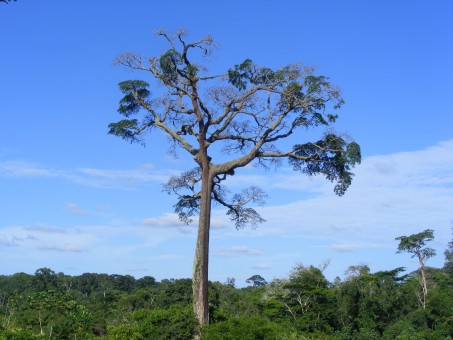About
Cameroon by Paul Everton
The most important inhabitants
of Cameroon were the Pygmy Baka people. They were largely substituted and
soaked up by Bantu tribes in the period of Bantu migrations.
The future European TRAVEL
POLL was in the 16th century using the Portuguese, but they did not remain.
The Portuguese did yet give the would-be country its name: Explorers notable
an abundance of prawns in the Wouri River and named it rio dos camaroes,
the Portuguese for "river of prawns". Cameroon thus comes caused by camarao,
the Portuguese word for prawn.
The most important permanent
colonial colonies were originated in the late 1870s, by using the German
Empire coming forth as the large European Power. with the defeat of Germany
in World War I, Cameroon became a League of Nations Mandate territory split
betwixt French Cameroons (Cameroun in French) & British Cameroons in
1919. Those mandates were changed into United Nations Trusteeships in 1946.

Around 1960, French Cameroon
gained its independence and turned The Cameroon Republic. It was joined
In 1961 by the southern separate of the British Cameroons. The difference
of the British Cameroons went role of Nigeria at the same time. The just
released coalition government was led by Ahmadou Ahidjo that led a crackdown
on rebel groups that had remained since before independence.
Ahidjo stepped down around
1982 and was succeeded by the todays president, Paul Biya. Biya has won
numerous elections since he reinstituted them In 1992 but the fairness
of Those elections has got been called into question. The last elections
were Held on October 11, 2004.
The Kirdi & the Matakam
of the western mountains create typical types of pottery. The potent masks
of the Bali, which represent elephants' heads, are used in ceremonies for
the dead, and the statuettes of the Bamileke are carved in human and animal
figures. The Tikar people are renowned for beautifully decorated brass
pipes, the Ngoutou people for both-faced masks, and the Bamum for smiling
masks.
L'Institut Francais d'Afrique
Noire maintains a library in Douala that specializes in the sociology,
ethnology, and history of Africa. Of the respective museums, the Diamare
and Maroua Museum has anthropological collectings relating to the Sudanese
peoples, and the Cameroon Museum of Douala displays objects of prehistory
& natural history.
Cultural arrangements include
the Cameroun Cultural Association, the Cameroun Cultural Society, and the
Federal Linguistic & Cultural Centre.

There are also numerous women's
associations (including the North West Women's Association for Rural Development),
youth arrangements, and sporting associations. Unlike women's organizations
recently created by Western development agencies in places like Central
Asia, associations of women in West Africa have a long, indigenous history.
In modern Cameroon they are
typically registered as Community Initiative Groups, or CIG's, eventually
they retain a tradition of women gathering together to give emotional &
economic support to one an additional.
Even though These groups
are depending on women treating by owning women's problems (like child
care, farming/provisioning the family using food, social justice etc.)
they are not exclusive, & children too as dedicated men are encouraged
to join.
Top
About the Author - Travelworldtips |

